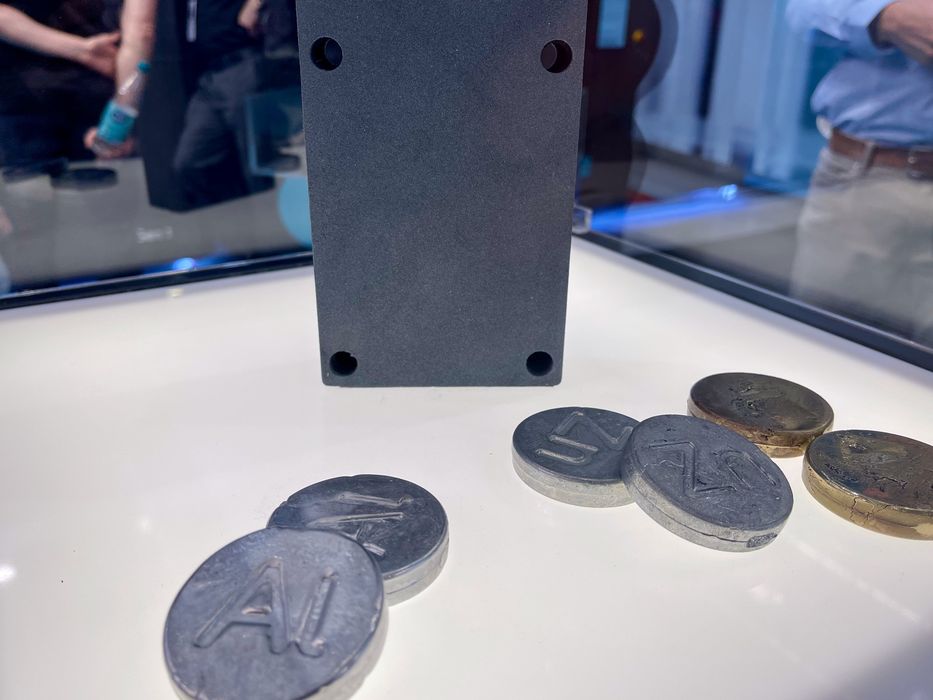
Foundry Lab has developed an extremely rapid process for producing strong metal parts in many different materials.
The New Zealand-based company was founded in 2018, and has been in stealth mode for several years while their technology was developed, and only this month has revealed their existence to the world. In fact, we saw their first public showing at Formnext this month, and they gathered considerable interest from attendees.
First off, there was a bit of controversy about Foundry Lab’s Digital Metal Casting process. Is it actually 3D printing? Or is it casting? It turns out it’s a bit of both, but the result is pure metal parts made extremely quickly. As far as I’m concerned, 3D printing is definitely involved and metal parts are produced.
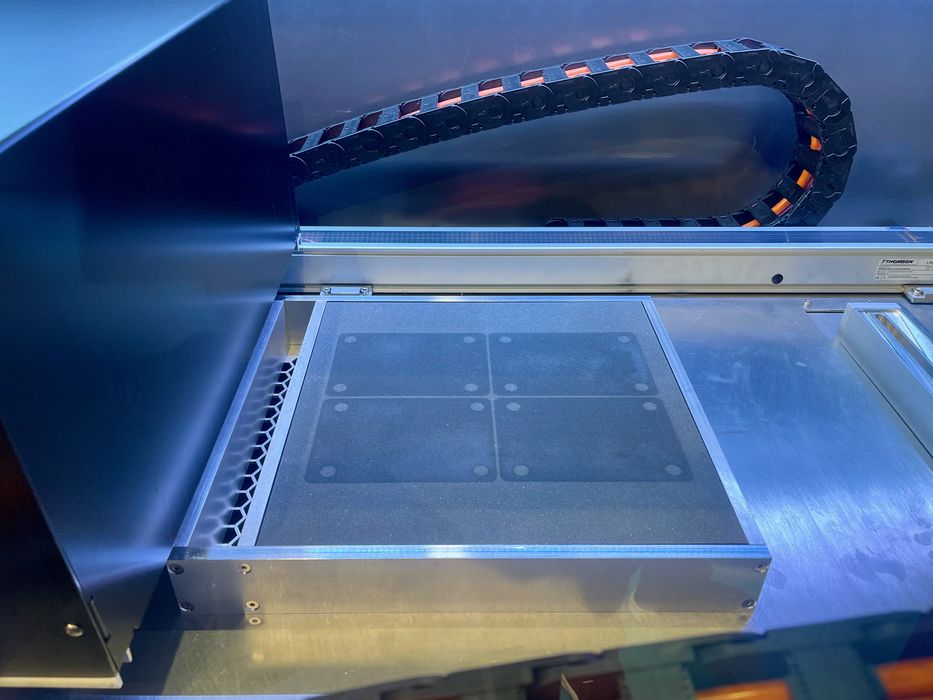
Their process involves multiple stages. Here’s how it works:
- A design is produced for a metal part
- The corresponding mold is created, involving two separable halves
- The molds are 3D printed using a binder jet process with ceramic powder
- The printed molds are “green” parts, and they’re placed into a microwave device
- The microwave cures the printed molds, which are brittle, but able to withstand high temperatures
- The two molds are designed to bolt together, forming a void inside corresponding to the original part
- The bolted mold is placed upright and metal ingots are placed on top where the sprue would appear
- This is all placed back in the microwave for a high temperature treatment
- The heat melts the ingots, which then flow by gravity into the void
- A vacuum extracts any trapped bubbles
- A gas quenches the mold, and it’s room temperature after only 30 minutes
- The part is removed from the mold, the sprue is trimmed off, and you have your fully solid metal part after as little as five hours
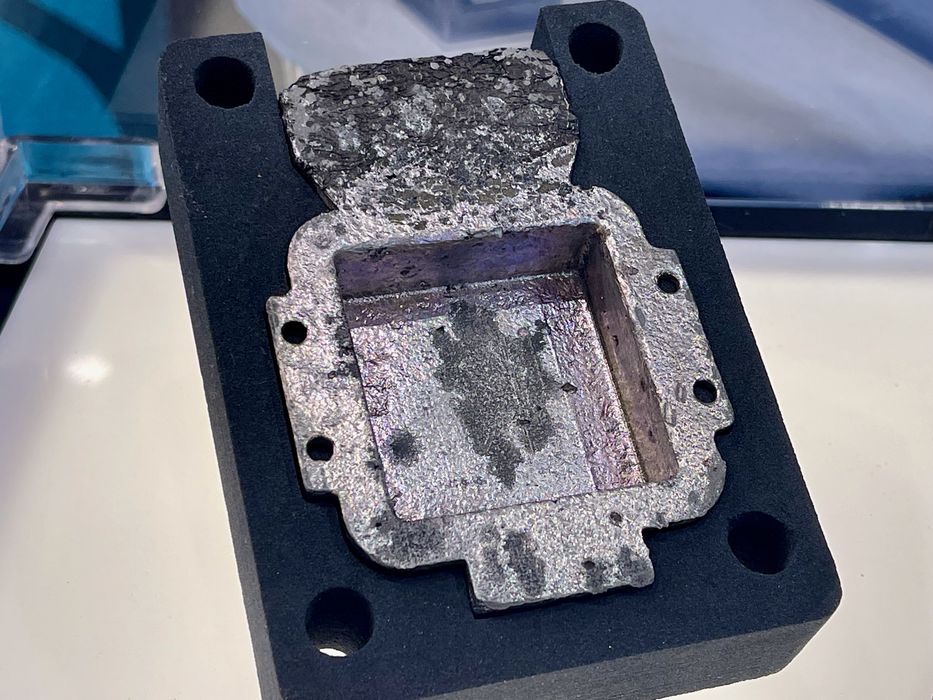
That’s a very impressive process. While 3D printed molds and casting isn’t exactly a new technology, Foundry Labs has packaged up all the steps into a seamless workflow and equipment cluster that provides an end-to-end metal production process. As it was explained to me, much of the operation is just “pushing buttons”.
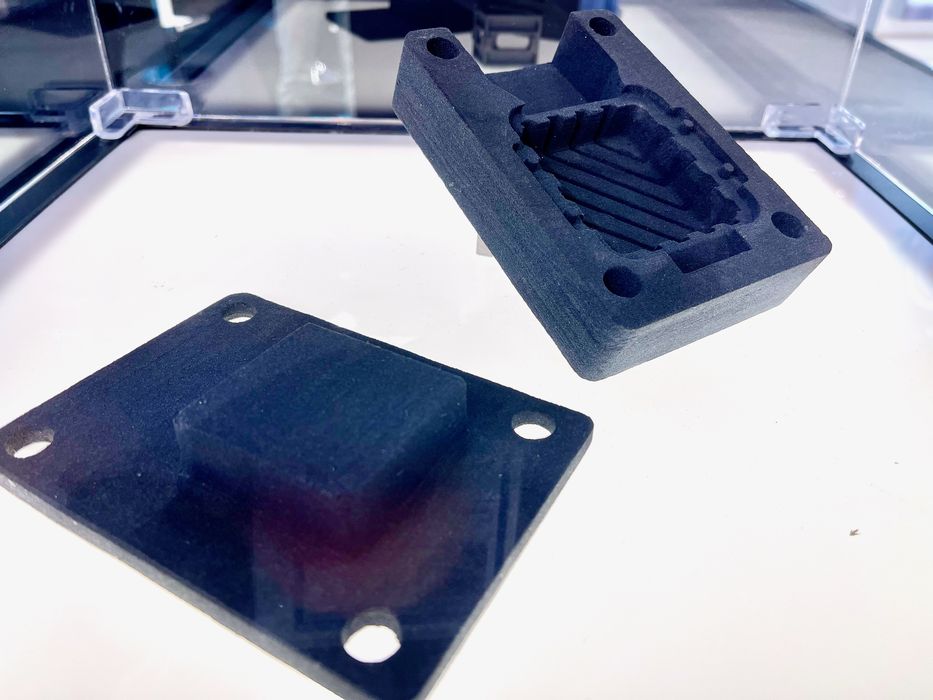
There are advantages to this approach beyond mere production speed:
- Due to gravity, oxides float to the top and can be easily removed
- Molds can be reused up to 20 times before they wear out, so part throughput is higher than you might expect
- Parts are literally identical to those made with conventional casting because it’s the same materials
- Prototypes are the same as production, so testing is simplified
- There are no metal powder handling issues as found in LPBF systems
- The entire system can be placed in a small workshop
- Any metal with a melting temperature of under 1100C is usable in the system
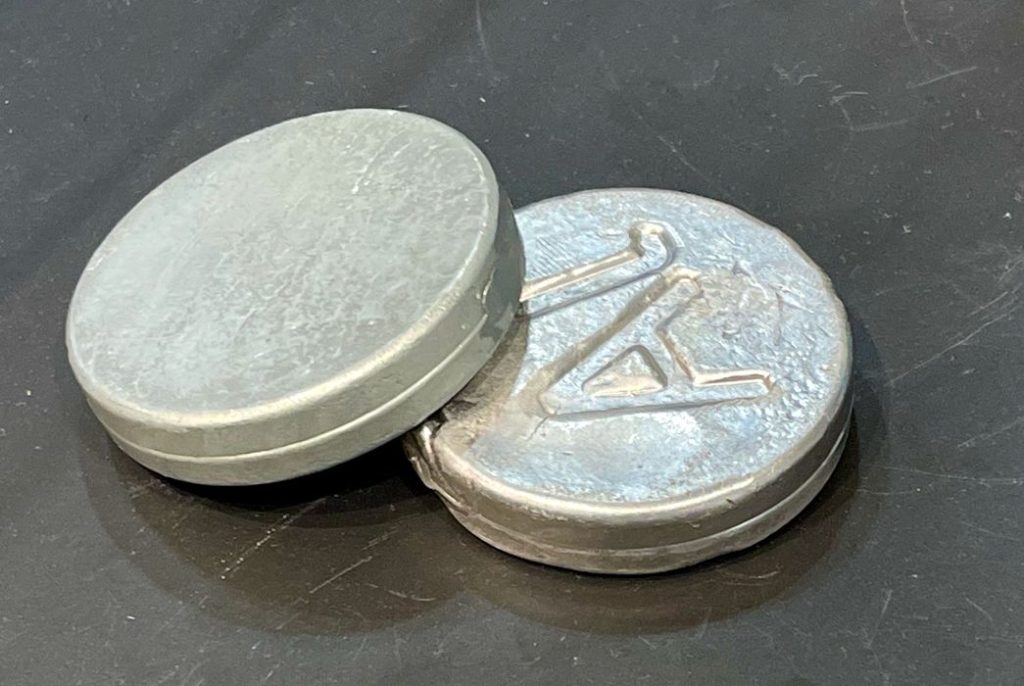
That said, there are some disadvantages:
- The final part is a casting, meaning highly complex geometries are not possible
- There is a size limit to the molds, because the printer has a 300 x 300 mm area
- The process is good for low volume production, but perhaps not larger scale production
Representatives explained they are targeting the die cast market, not the sand casting market that is currently occupied by others in the 3D print industry.
Can you buy one of these systems?
Well, no. The product is still under development, and in fact the company is composed almost entirely of engineers — there are no sales staff yet. They haven’t even set a price for the system yet, but I suspect it will be multiple hundreds of thousands of dollars.
They’ve opened an office in Fremont, California, where they expect to receive the “alpha” machine in February. From there they will continue refining the product and eventually it will hit the market.
My thought is that the Digital Metal Casting process appears to be well thought out and particularly attractive to smaller foundries looking for ways to produce low-volume metal parts at lower cost. However, the attractiveness will depend on the cost of system in the end.
I’m looking forward to seeing further developments of this approach.
Via Foundry Lab
